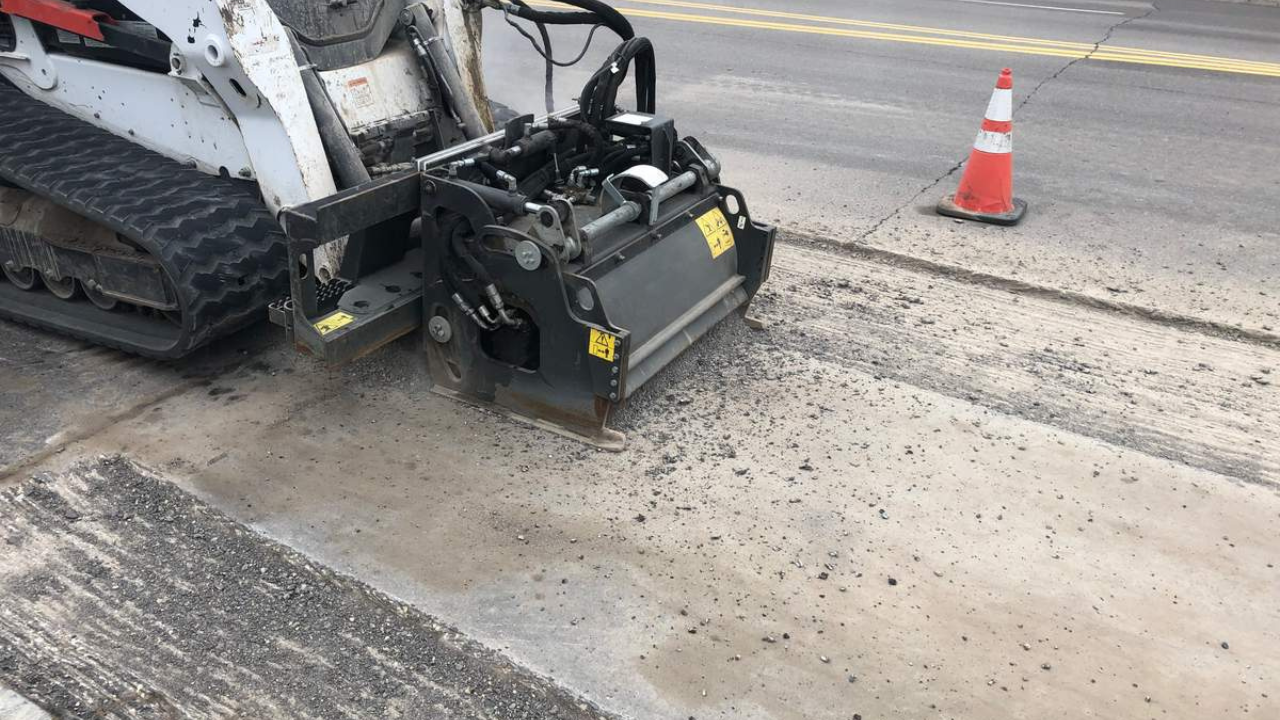The essential process of road construction depends on asphalt and concrete milling because it establishes a reliable foundation base for new pavement areas. Project timelines and costs, together with finished surface quality, depend directly on milling operation efficiency. Road construction companies are getting better asphalt milling teeth for sale through proper strategy implementation, which leads to higher productivity and lower equipment wear.
Choosing the Right Milling Equipment
The selection of proper milling equipment, together with suitable tools, remains vital for achieving operational efficiency. Key factors to consider include:
- The combination of large machine size and high power enables deeper and wider milling operations, which boosts efficiency during large-scale projects.
- The way cutting teeth are arranged on the drum determines both the speed and the quality of the milling process. A correctly set up drum produces uniform cutting while protecting the tools from excessive wear.
- Having high-quality milling bits with tungsten carbide tips delivers superior cutting ability and longer lifespan, so users need to replace them less frequently.
Optimizing Cutting Patterns
Asphalt or concrete milling through patterns determines how efficiently the work proceeds and how well the final surface turns out. Some best practices include:
- Proper overlapping of milling passes creates smooth surfaces that eliminate the requirement for extra passes.
- Project requirements determine the milling depth adjustment, as this practice reduces tool damage and prevents material waste.
- A steady milling speed operation stops tool vibrations while producing uniform cuts.
Regular Maintenance of Equipment
Equipment maintenance excellence produces higher operational performance while cutting down emergency stoppage times. Key maintenance practices include:
- The efficiency of milling operations decreases when using worn bits because they become dull or damaged, which leads to higher energy consumption for material cutting.
- The alignment of the drum needs regular checks because proper alignment produces uniform cuts while protecting tools from premature wear.
- The machine's lifespan increases when moving parts receive proper lubrication.
- A properly functioning hydraulic system combined with operating cooling systems will ensure equipment stays within optimal performance ranges by preventing overheating incidents.
Enhancing Operator Skills
The performance of skilled operators directly enhances milling efficiency levels. Providing proper training can:
- The trained operators possess the ability to modify machine settings according to different milling situations.
- Workers who know best practices achieve higher safety levels since they prevent both accidents and equipment damage.
- Productivity grows when operators learn to adjust their operations for project needs, thus cutting down delivery times and eliminating waste.
Using Advanced Technology
The current advancements in milling technology have led to substantial operational improvements. Some key innovations include:
- GPS and laser-guided systems under automated control systems enable operators to maintain accurate milling depths and patterns.
- The implementation of tool wear monitoring sensors allows operators to perform real-time tool wear assessments, which helps them replace modules before failure occurs.
- The combination of fuel-efficient machines and dust suppression systems makes milling operations more Eco-efficient and financially beneficial.
Conclusion
To maximize asphalt and concrete milling efficiency, one needs appropriate equipment along with perfect cutting approaches, frequent maintenance coupled with expert operators, and state-of-the-art technology. Construction companies that prioritize these areas will achieve cost reduction, shorter project duration, and superior milled surface quality, which results in better road infrastructure development.


